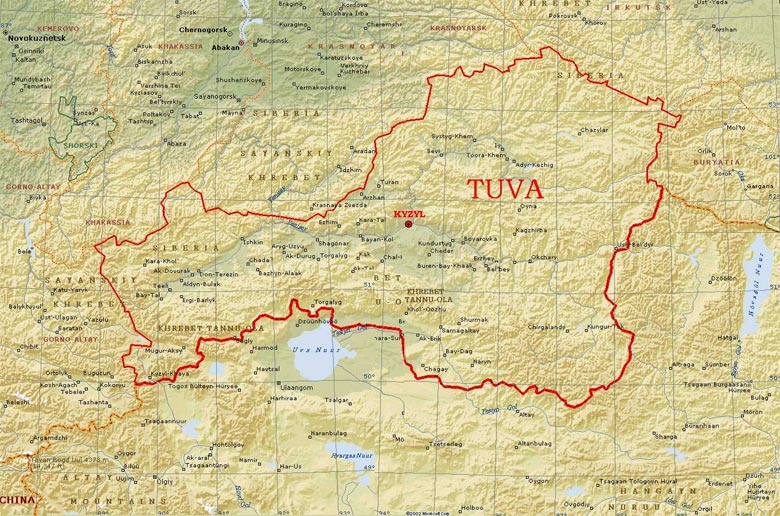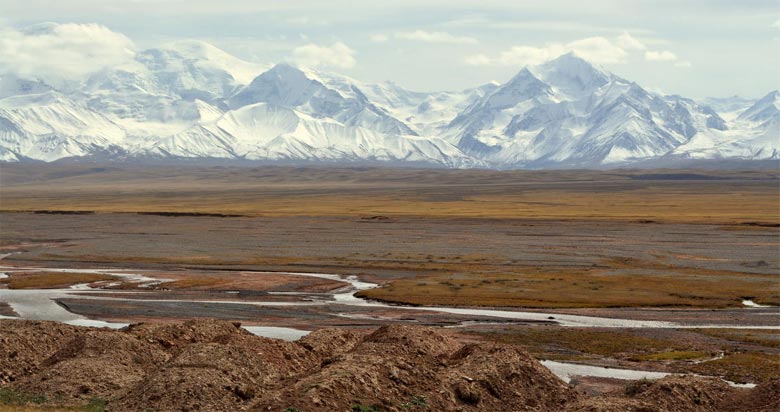Continuing Exploration and Growth

Preserving tradition should not involve mummifying a living culture. Tuva has positioned itself as a region with inimitable musical contributions that thrive beyond its own borders, and traditions that are continuously reborn in exciting ways. It is important to remain mindful of the challenges that are presented for Tuvan performers and those who choose to explore Tuvan musical tradition. In her sketches on “Artistic Freedom and Modernity”,16 as translated by A. Rovner, Sainkho Namtchylak poignantly states, “What presents itself as most important in this situation and in these possibilities of hi-tech is not to lose track of oneself and, at the same time, to remain a type of artist, who is free from the old stylistic frameworks, to realize one’s fantasy into reality, utilizing all the possibilities and considering the fact that the size of the audience has become larger due to internet and multi-media.”
While Western musical tradition and technologies are becoming more commonplace amongst Tuva’s experimental bands, it is critical to understand the inevitable cultural differences not only in method and style, but in terms of purpose, execution, and mindfulness.
“In the communicative field,” writes Tim Hodgkinson, “cultural differences must then be allowed to collide. Without this, the work we do together is aesthetically untrue and politically dishonest. The work must never pretend to dissolve cultural difference.”
Reflecting on some of the current mentalities which can be encountered in the West, Ken Hyder writes, “Some Westerners have the idea that places like Tuva should have a big glass cover fitted over them. The people living there should not be allowed radio, or television, or any music from elsewhere, so that the inhabitants can carry on frozen in time, doing exactly what they have been doing for hundreds of years. The only outsiders allowed in would be approved Westerners — maybe anthropologists, or ethnomusicologists. People who could properly appreciate the enforced purity. The Tuvans of course — and others like them — would be given no choice.”
At this exciting time in the adaptation of traditional music to modern contexts, there must be a rejection of careless cultural appropriation, which would offend Tuvan musical and philosophical complexity, as its regional music becomes more accessible. Universally, it is important to cultivate respect for fundamental differences in being and thinking within one world, and certainly music is an exhilarating and spiritual language that expresses these very diversities and is fit for such growth.

Additional Sounds
– Huun-Huur-Tu: Live at Fantasy Studios at Berkley, California
– Kogar-ol Ondar – Live on David Letterman
– Alash Enemble – Live at Konya Mystic Music Fest: Excellent demonstration of traditional instruments.
– Tyva Kyzy: Beautiful high-quality video of live TV studio performance.
– Shu De: Audio of shaman chant and drumming. Intense.
– Chirgilchin/Laurie Anderson – “Transitory Life”: Breath-taking.
– Vladimir Oidupaa Oiun – “A Thin Mountain Ash”: Russian folk song in his Tuvan style.
– Yat Kha – “Kaa-Khem” their most popular YouTube clip.
– Sainkho Namtchylak – “Ritual Virtuality”
– Sainkho Namtchylak – “Lonely Soul” A crushing piece of art.
Ω
Footnotes ___ Back to Top
16 “SEVERAL SKETCHES ON THE THEMA OF “ARTISTIC FREEDOM AND MODERNITY”, Sainkho Namtchylak.







Very educating!
Thank you for information!
I will wait for more to come from this author.
[…] Tuva’s Meridian of Musicality, Spirituality, and Cross-Cultural Place: A Primer On Tuvan Throat Singing: http://www.redefinemag.com/2013/tuvan-throat-singing-musicality-spirituality-cross-cultural-place/ […]
[…] http://www.redefinemag.com/2013/tuvan-throat-singing-musicality-spirituality-cross-cultural-place/3/ […]
[…] TUVA’S MERIDIAN OF MUSICALITY, SPIRITUALITY AND CROSS-CULTURAL PLACE: A PRIMER ON TUVAN THROAT SINGING // http://www.redefinemag.com/2013/tuvan-throat-singing-musicality-spirituality-cross-cultural-place/ […]